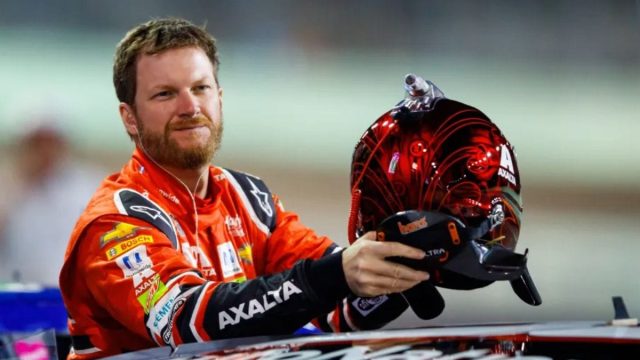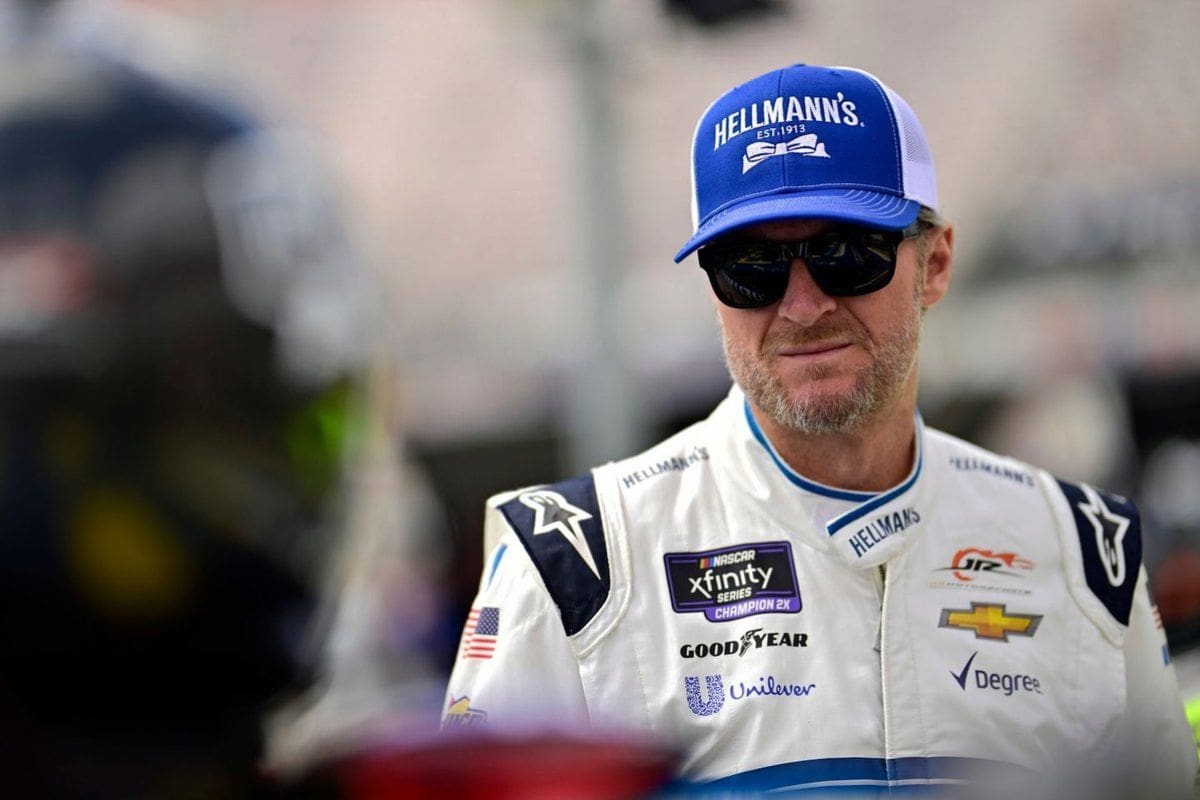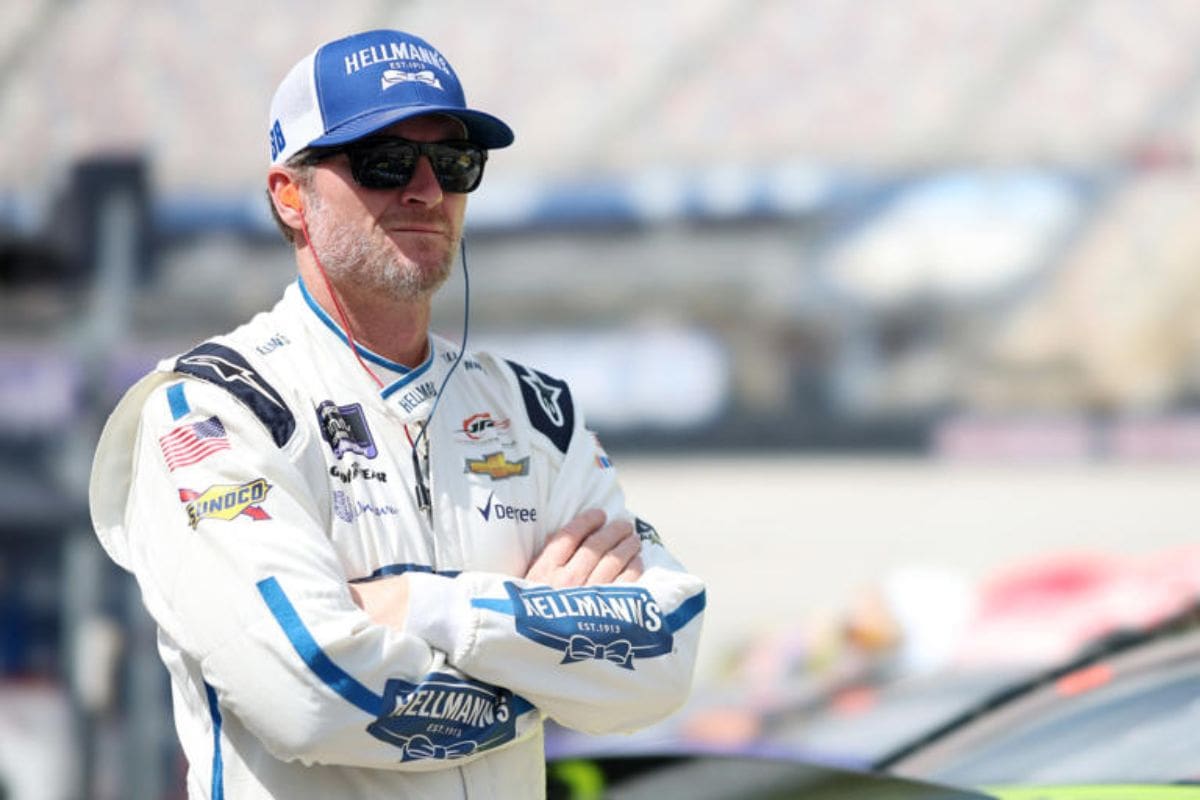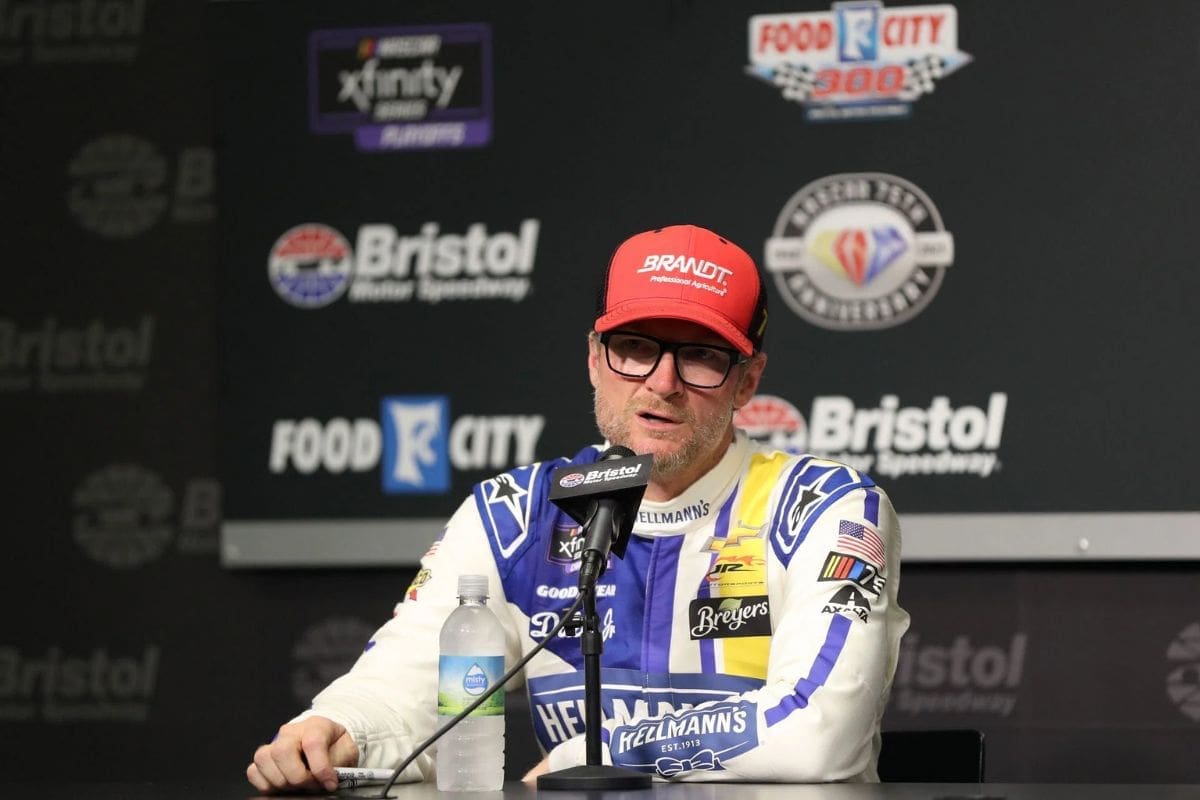Dale Jr Reveals RCR’s Major Weakness: In a striking analysis, Dale Earnhardt Jr. has highlighted a critical flaw that could be reducing Richard Childress Racing‘s (RCR) competitive edge: the geographical dispersion of its key personnel. This daily commute from areas such as Mooresville, Cornelius, and Davidson appears to be more than a logistical inconvenience; it impacts work-life balance, heightens stress levels, and erodes the spontaneous interactions crucial for team cohesion. As RCR grapples with these challenges, the need for a tactical overhaul becomes apparent.
Key Highlights
- Geographic dispersion of team members hinders consistent and cohesive pit crew and driver combinations.
- Commuting challenges negatively impact team synchronization and overall performance.
- Difficulty attracting skilled personnel close to the facility affects team quality.
- Daily commuting burden affects team members’ stress levels and work-life balance.
- Cumulative fatigue from travel leads to diminished focus and productivity on race days.
Dale Earnhardt Jr.’s Analysis of Richard Childress Racing’s Challenges
In his latest podcast episode, Dale Earnhardt Jr. meticulously analyzed Richard Childress Racing‘s current struggles, highlighting a key flaw that has worsened their ongoing season. Known for his analytical skills and deep understanding of motorsports, Dale Jr. analyzed the numerous challenges facing RCR, providing a detailed and thorough evaluation of their performance woes.
The season has been filled with poorly planned tactics and uncontrollable accidents that have collectively hindered the team’s success. Earnhardt Jr. pointed out that the strategic missteps were not just occasional lapses but part of a broader pattern of inconsistency. These irregularities have led to missed opportunities, putting the team in risky positions during critical moments of the races.
Further complicating these issues are the unforeseen accidents that have ruined RCR. While some incidents are beyond the control of any team, Earnhardt Jr. emphasized that the frequency and impact of these mishaps have been particularly harmful. Each accident not only disrupts the team’s flow but also reduces the confidence and morale of the drivers and crew members, creating a cycle of reduced performance and increased pressure.
Additionally, Earnhardt Jr. highlighted the significance of adaptability in the face of adversity. He noted that RCR’s reaction to these challenges has often been reactive rather than proactive, worsening their difficulties. The inability to quickly adjust strategies and optimize performance in real-time has left the team struggling to keep up with more agile competitors.
Dale Jr.’s Identification of RCR’s Main Problem
Examining further, Dale Jr. pinpointed that the primary issue afflicting Richard Childress Racing is not rooted in their operational capacity but rather in the logistical challenge of employees commuting long distances to the RCR garage. This seemingly ordinary detail has extensive implications for the team’s overall performance and competitiveness.
Dale Jr. noticed that the geographic dispersion of the workforce increases the difficulty in assembling a consistent and top-tier pit crew and driver combination. This logistical hurdle detracts from the team’s ability to guarantee that all components of their racing operations are synchronized to achieve peak performance. The daily commute can result in fatigue, reduced morale, and less time for critical team-building activities, all of which are essential for maintaining a competitive edge.
Furthermore, the challenge of attracting skilled personnel who live closer to the facility cannot be overstated. In NASCAR, proximity to the workplace plays a significant role in fostering a cohesive and well-coordinated team. Dale Jr. emphasized that the finest pit crews and driver combinations are not merely assembled based on individual talent but also on the synergy and rapport that develop over time through consistent interaction and collaboration.
The Impact of Commuting on RCR’s Performance
Given the demanding nature of NASCAR, the daily commute undertaken by Richard Childress Racing team members greatly hampers their overall effectiveness and cohesion. Dale Earnhardt Jr. highlighted the impactful effect of this commuting burden, especially for those who reside in areas like Mooresville, Cornelius, and Davidson. These regions, known for their appealing residential settings and established communities, require team members to undertake hour-long commutes to the RCR headquarters in Welcome, North Carolina.
“I don’t know. They are in Welcome, North Carolina. It’s literally just another hour up the road. It is not that far, but it might as well be on Mars because, you know, when you get an opportunity to hire somebody who has a lot of talent, one of the tough selling points is that they travel every day up the road.” – (Dale Jr.)
“If you have people who live in Mooresville, live on the lake, live in Cornelius, live in Davidson, they’re established.” – (Dale Jr.)
The daily grind of such commutes extends beyond mere physical exhaustion. It also intrudes upon personal lives, contributing to stress and reducing time available for family and community engagement. As Dale Jr. pointed out, many team members have children attending local schools, spouses integrated into the community, and established social networks. The repetitive strain of long commutes, coupled with the demands of extensive travel on race weekends, creates a noteworthy challenge in maintaining work-life balance.
“They’ve got kids going to school here, their wives love the area, they have friends in the neighborhood, and then you’re going to ask them to try to drive to Welcome every day, every day of the week, and go there, and the traveling on the race weekends is going to be hard.” – (Dale Jr.)
From a performance perspective, the cumulative fatigue from daily commuting can lead to diminished focus and productivity. When team members spend substantial portions of their day in transit, they arrive at work already drained, limiting their capacity to perform optimally. This not only affects individual performance but also the team’s collective synergy and efficiency.
Challenges and Possible Solutions for RCR
Recognizing the remarkable impact of commuting on team performance, Richard Childress Racing must explore innovative strategies to address these challenges and improve their operational efficiency. Dale Earnhardt Jr’s analysis highlights the core of the issue: the difficulty in convincing key personnel to relocate to Welcome, North Carolina. This geographic constraint is more than a logistical inconvenience; it poses a substantial barrier to unleashing the full potential of the team.
“I think the challenge for RCR really is about getting people to come to Welcome and make that commitment to drive that drive or physically move there. Some do. They got employees; they got great employees.” – (Dale Jr.)
The initial step RCR could take is implementing a robust relocation incentive program. By offering thorough relocation packages that include housing assistance, moving expenses, and perhaps even spousal employment support, RCR can make the prospect of moving more appealing to key employees. Such incentives could reduce the resistance to relocation and ensure that the team is staffed with the best talent available.
“But if you’re missing a couple of key cogs in the wheel, you’re just always going to be that little bit off. They’re a little bit off. They’re not cr*p. They’re just missing that extra little bit they need, and I don’t know if they can find it in the bucket they have.” – (Dale Jr.)
Lastly, fostering a strong organizational culture that highlights collaboration and innovation can help bridge the gap caused by distance. Regular team-building activities and effective internal communication strategies can create a cohesive unit despite physical separations.
Outlook for RCR and the Impact on Their Season
The perspective for Richard Childress Racing (RCR) this season depends greatly on their ability to address the logistical and operational challenges that have been identified. The primary concern, as highlighted by Dale Earnhardt Jr., revolves around the inefficiency caused by the daily travel of crew members. This inefficiency is not just a minor inconvenience; it represents a noteworthy opportunity cost.
In NASCAR, where every moment counts, the cumulative time spent traveling—potentially up to an hour each day—translates into valuable time lost that could otherwise be spent fine-tuning cars, planning race tactics, and ensuring top team performance. Earnhardt Jr. posits that centralized operations, where the entire crew is in-house, could lead to marked improvements in productivity and, consequently, on-track performance.
For a team like RCR, which has a rich history but has faced recent challenges, the adoption of a more cohesive operational model could be the catalyst they need to regain their competitive edge. The daily travel issue, while seemingly mundane, highlights a larger systemic inefficiency that can ripple through the entire team’s performance. Addressing this could streamline operations, improve communication, and foster a more unified team culture.
Furthermore, this logistical adjustment could have significant implications for their season’s course. By reallocating the time saved from commuting to car development and race preparation, RCR can potentially enhance car performance, execute races more strategically, and ultimately, achieve better race results.
News in Brief: Dale Jr Reveals RCR’s Major Weakness
The geographical spread of Richard Childress Racing‘s key personnel, as identified by Dale Earnhardt Jr., poses a noteworthy challenge to the team’s performance. This commuting burden detracts from work-life balance, escalates stress levels, and hampers team cohesion.
Addressing these issues is pivotal for RCR to boost competitiveness and foster the spontaneous interactions essential in NASCAR. Implementing effective solutions could significantly improve the team’s performance and influence the course of their season.
ALSO READ: Dale Earnhardt Jr. Stands Up for Kyle Busch Amidst Historic NASCAR Challenge



